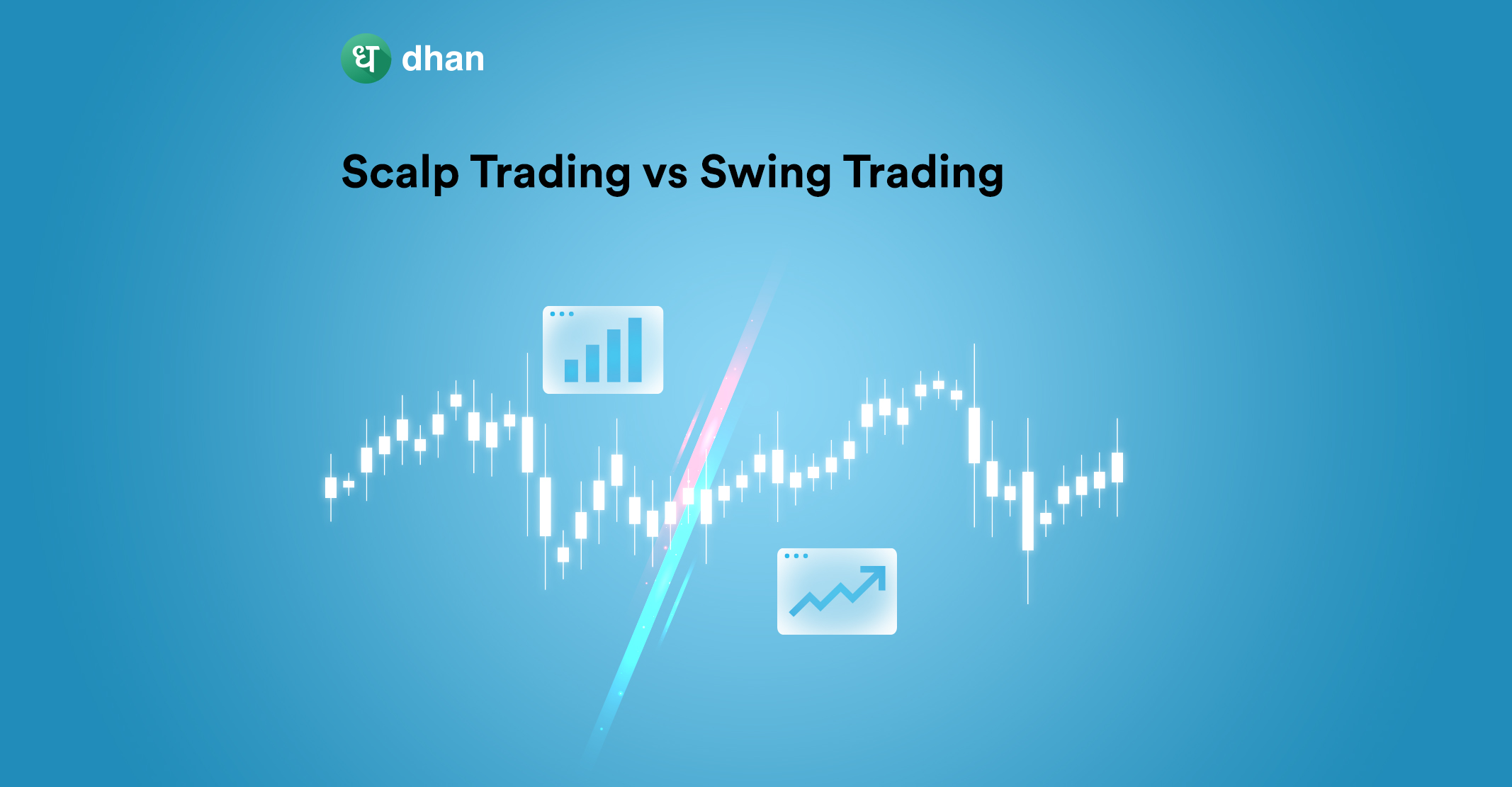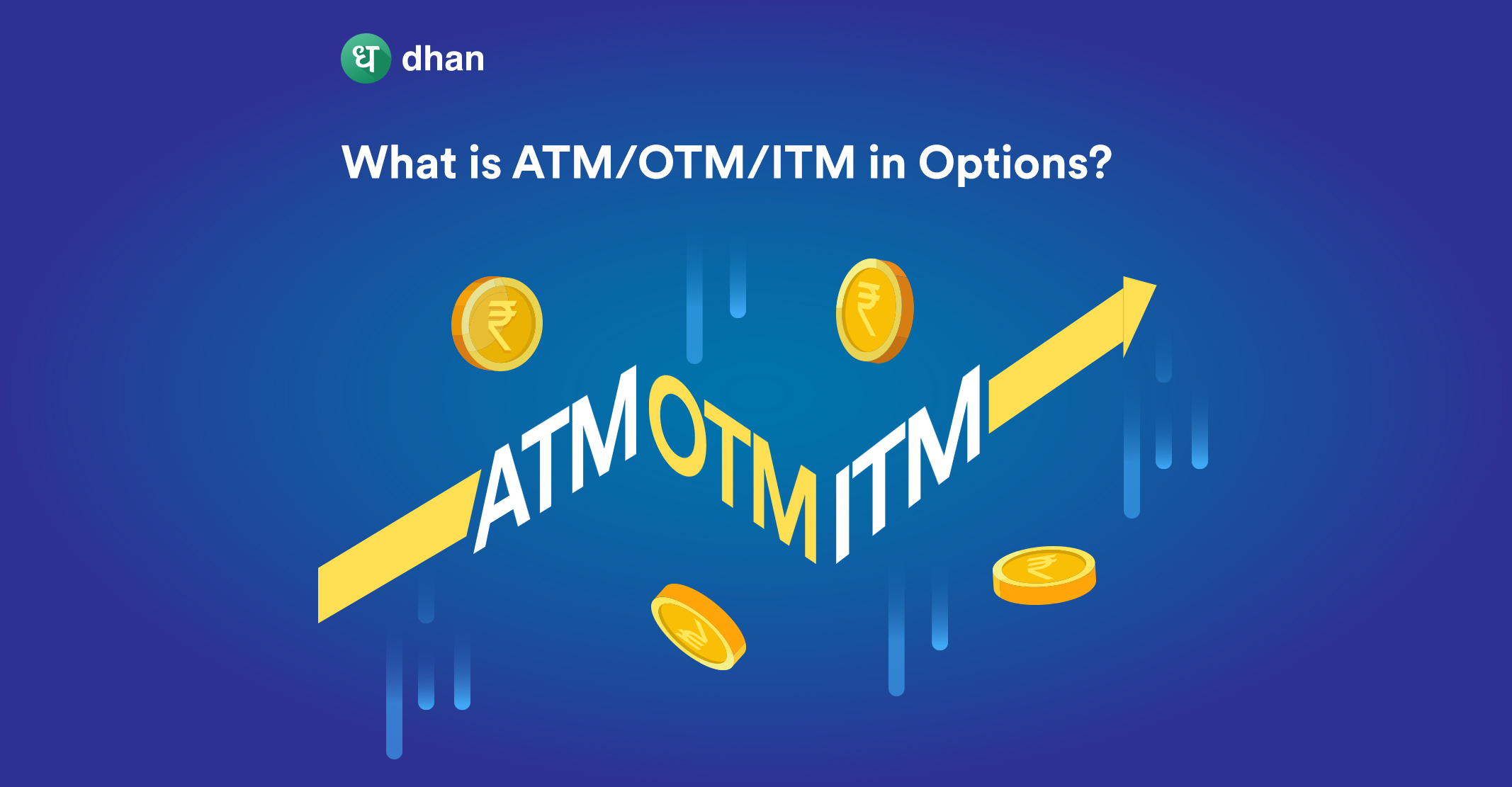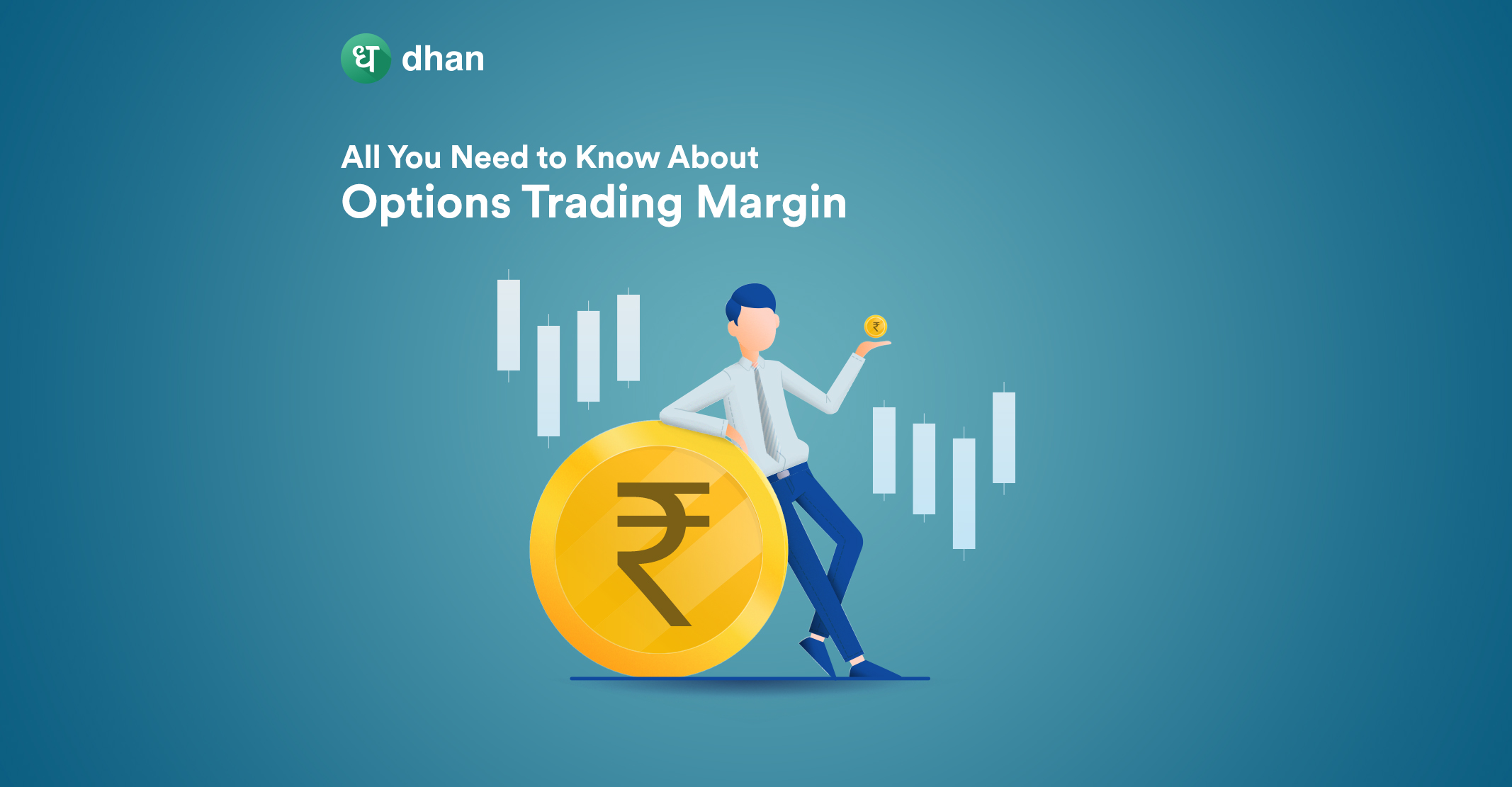Scalping vs Swing Trading: The Basics
The goal of trading is to generate profits but every trader has a different strategy or views on how to earn those profits. Some like to make frequent trades, buying and selling every few minutes while online stock trading. These are scalpers.
Others want to buy and hold for a few days to weeks. These are swing traders. Both disciplines fall under the umbrella of “trading”. Sounds simple, doesn’t it?
Truth is, the difference between scalpers and swing traders is more than just the holding period – it is much more nuanced and involves psychology, time, effort, and more. Curious? Read on!
Scalping
Scalping is a form of intraday trading because scalpers close their positions in minutes or hours, ensuring that they never take delivery or carry forward their positions overnight.
Because scalpers enter and exit trades so soon, they know not to chase big profits. Instead, a scalper will look to earn steady gains across each trade. These steady gains can combine into decent profits overall.
The average scalper will monitor potential trades across the stock, commodity, or forex market hours on their web trading platform. All this and more while making sure that there’s a solid risk management system in place.
Guess a scalper’s primary tool of choice… It’s technical indicators and analysis! For example, indicators like RSI can help a scalper find entry and exit points.
Swing Trading
Most financial securities experience price swings that last for weeks, if not months. That’s what swing trading capitalizes on. The typical swing trader will enter a trade and stay locked in until the swing tapers off.
This is the reason why swing trading is not similar to any form of intraday trading – the average swing trader carries their position overnight and may even hold it for a few weeks.
The benefit of this is effort. A swing trader need not constantly monitor the market. Once they’ve entered a position, they can check in occasionally. If the trade goes south, a stop-loss can help exit positions automatically.
As a result, swing traders can use a web or mobile trading platform based on their convenience. Much like scalpers, though, swing traders also rely on technical indicators but may turn to fundamentals (rarely).
Scalping vs Swing Trading: Differences
By now, you must’ve understood the basic difference between scalping and swing trading.
You must’ve also noticed similarities, like the fact that scalping and swing trading rely on technical indicators like Bollinger Bands and fall under the category of trading.
However, scalping and swing trading are similar in the same way cricket and baseball are. That’s why we’ve laid out all the differences when it comes to scalping vs swing trading in the following points.
1. Holding Period
Take a minute to think about this one… If you’re thinking swing traders hold positions for longer than scalpers – you’re correct.
The goal of scalping is to enter and exit trades within minutes or hours and take whatever little profits.
On the other hand, those who are swing trading will hold positions for at least a few days until they meet their profit targets.
| Type of Trading | Holding Period |
| Scalping | Minutes to hours |
| Swing Trading | Days to weeks |
2. Frequency of Trades
Holding a position for days may give you a better chance of generating larger profits than entering and exiting trades in minutes.
That’s why swing traders make fewer trades than scalpers. At the same time, scalpers are known to bear lower risk than swing traders because they’re not prone to overnight risk.
| Type of Trading | Frequency of Trades |
| Scalping | High |
| Swing Trading | Low |
3. Profitability Per Trade
Scalpers make more trades with the goal of generating incremental profits while swing traders make fewer trades by going big on a few positions.
As a result, the average scalper may earn a couple of ticks or PIPs while swing traders will look to earn much more per trade.
You must be wondering, well – who’s more profitable when it comes to scalping vs swing trading?
The answer depends entirely on who executes their strategies well and manages risk even better.
| Type of Trading | Profitability Per Trade |
| Scalping | Low |
| Swing Trading | Low-Medium |
P.S: There are pre-built strategies on Options Trader by Dhan!
4. Chart Timeframe
A candlestick represents the movement of a financial security. Analyzing candlestick charts for scalping and swing trading is essential for identifying the right entry and exit strategies.
Scalpers typically use 1-minute or 15-minute charts while swing traders prefer 1-hour charts. Selecting the right timeframe can help you spot potential trading opportunities.
You as a trader can choose appropriate chart timeframes based on your scalping or swing trading strategy because using incorrect chart timeframes may lead to missed trading opportunities.
The image below shows the difference between a 1-minute chart and 1-hour chart.
1-minute chart
1-hour chart
| Type of Trading | Chart Timeframe |
| Scalping | 1-minute or 15-minute |
| Swing Trading | 1-hour |
5. Persona
Scalping may not be possible unless you’re a full-time trader or someone who holds a job outside of regular market hours. You’ll have to monitor the market and your trades consistently.
Swing trading, on the other hand, offers the flexibility to analyze, trade, and monitor with more ease based on when you have time or when you’re alerts go off.
Thus, someone who scalps is typically a trader by profession while swing traders may or may not be trading full-time.
| Type of Trading | Persona |
| Scalping | Full-time trader |
| Swing Trading | Part-time trader |
All the Differences Between Scalping and Swing Trading
| Metric | Scalping | Swing Trading |
| Holding Period | Minutes to hours | Days to weeks |
| Frequency of Trades | High | Low |
| Profitability Per Trade | Low | Low-Medium |
| Chart Timeframe | 1-minute or 15-minute | 1-hour |
| Persona | Full-time trader | Part-time trader |
Scalping or Swing Trading: What to Choose?
First off, it can be difficult to choose a trading style that may suit you as a beginner. You’re not at fault – the world of trading can be challenging but those who get it right can stand to make a decent living off of it.
Look at scalping vs swing trading. Both are challenging disciplines that require you to learn technical analysis, indicators, timing, and much more. Both trading styles require you to dedicate time and effort, at least initially.
Thus, whether or not you should scalp or swing trade depends on factors like:
- Risk profile
- Time available
- Starting capital
- Mastery of technical analysis
Watch the following YouTube series to learn technical analysis:



